Interessante artikelen over ROMACO, Turbine onderhoud, duurzaamheid en Reverse Osmosis
Neem vrijblijvend contact op voor meer informatie.
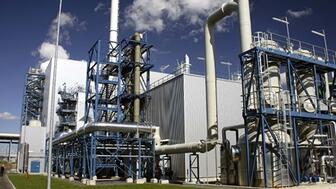
Most people agree that excessive greenhouse gases are a problem that must be addressed. Industries that rely on fossil fuels are especially highlighted as needing to reduce emissions and businesses are looking for methods to meet government targets without compromising their own agendas.
Lees meer: How combined cycle power plants may drive decarbonisation

Some people’s New Year's resolutions are to eat less meat. Some people have taken up running and plenty are thinking of ways they can live ‘greener’ lives. Believe it or not, the oil and gas industry are also looking for ways to have a less damaging impact on the environment, and have been for some time. This comes in the form of regulations, restrictions and simply encouraging gas turbine users to do what they can to lower emissions.

Let’s face it: if we’re aiming for eco-friendly power solutions, gas turbines are not anyone’s first choice. They are generally powered by fossil fuels and emit considerable volumes of greenhouse gases.
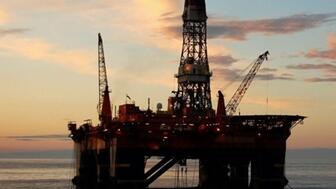
Whether your site is in the driest desert or miles offshore, you will face the issue of contaminants within your gas turbine compressor. Once there, these foulants can impact productivity, damage components and even cause costly unscheduled shutdowns if you don’t address them in good time. But where do contaminants come from and what can you do about them?
Lees meer: How to maintain gas turbine performance in a corrosive environment
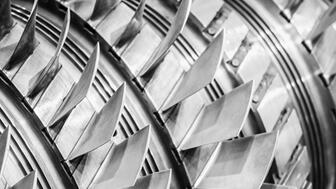
It’s an exciting time for gas turbine technology. We’ve seen huge advancements in recent years and models such as the H-class are proving investment in this sector is well spent.

Nobody’s in business intending to lose money. So, if you discover that your gas turbine is inefficient, you’ll want to do something about it. Thankfully, there are some simple steps you can take to turn things around, improve your turbine’s performance and increase its output.
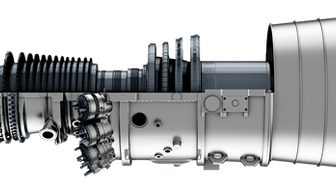
In the gas turbine industry, a few trailblazing companies are tirelessly working to create bigger, better turbines to generate more and more power. The scale of these undertakings is immense and in recent years GE have developed the H-class gas turbine, which is capable of seriously impressive power output.
Lees meer: How to improve the efficiency of H-class gas turbines

It’s increasingly accepted that action must be taken in order to address climate change. CO2 emissions are a big part of the problem and laws, social pressure and good conscience are encouraging companies to reduce their levels of pollution.
Lees meer: Should companies use carbon offsets in response to the deepening climate crisis?
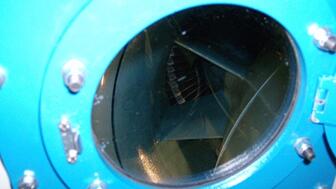
If the concept of observation windows is new to you, we’ve put together a quick guide to what they are and how they can help you run an efficient, reliable gas turbine.
Lees meer: Checking gas turbine performance through a window
